Going Solar at Home: Solar Panel Basics
http://decor-ideas.org 04/16/2014 19:22 Decor Ideas
Solar-powered homes were a rarity as recently as a decade ago. But a plethora of federal and local tax incentives along with increasing worries about climate change have made them commonplace.
Installing solar panels can decrease your household’s carbon footprint by an average of 35,180 pounds of carbon dioxide per year. You’d have to plant 88 trees every year to offset that amount of carbon dioxide!
But between a tangle of technospeak (photovoltawhata?) and an explosion of installers and financing plans, it can be difficult to figure out where to get started. This introduction should help.
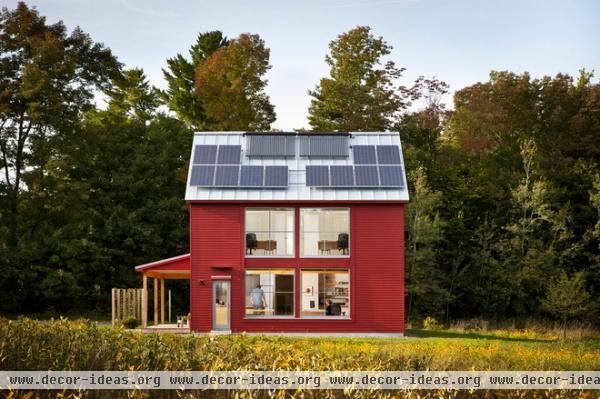
Project: Installing solar panels.
Why: To reduce your carbon footprint and save an average of $84 per month on your electricity bill.
How it works: Solar panels are photovoltaic (PV) cells. In a nutshell, these special batteries harness sunlight, transform it into energy, then send that energy to an inverter, which converts it into electricity to power the home.
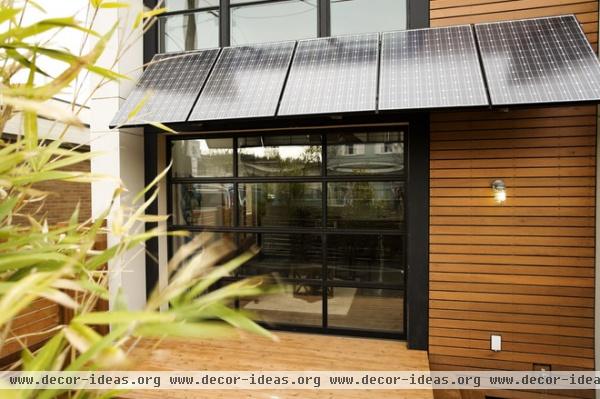
Who to hire: Installing solar panels isn’t as simple as slapping cells on a rooftop. You’ll need to install additional wiring, and panel placement is key to building an efficient system. So this is one that’s best left for the pros.
Explore modern solar home designs
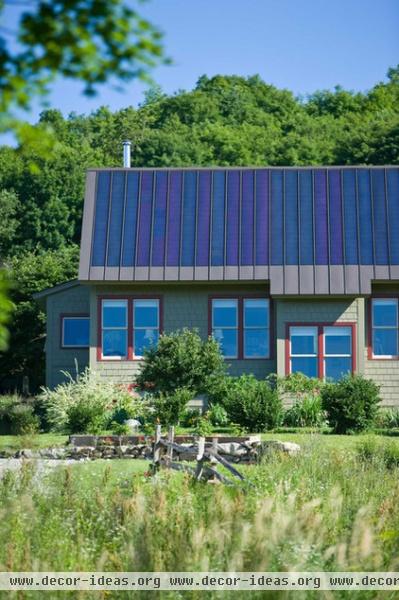
Look for a solar pro who:
Offers a strong warranty. Be sure the inverter is covered for at least 10 years and the panels are covered for 20 to 25 years.Uses panels made by a manufacturer based in the U.S. That way your warranty will still protect you if the manufacturer goes belly up.Doesn’t outsource installation. There will be more accountability if things don’t go according to plan.Is licensed and bonded, and no major complaints have been filed with the Better Business Bureau.Can supply at least two recent customer references.
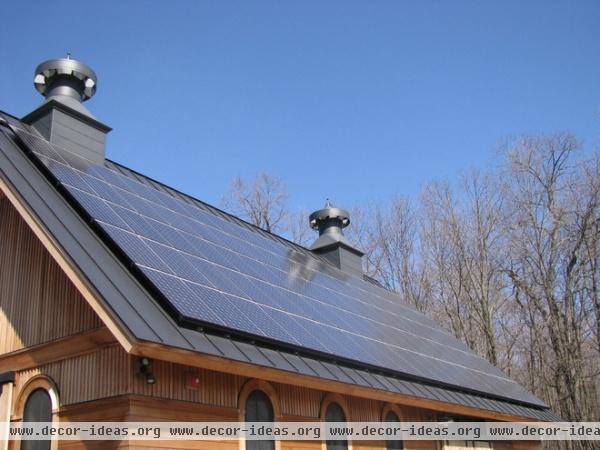
Cost range: The price of solar panels has dropped 60 percent since the beginning of 2011. Together with federal and local tax credits and subsidies, that’s helped drop the national average of up-front costs to about $17,000.
Tax incentives: The federal solar Investment Tax Credit (ITC) is a 30 percent tax credit for residential and commercial properties that convert to solar energy by the end of 2016.
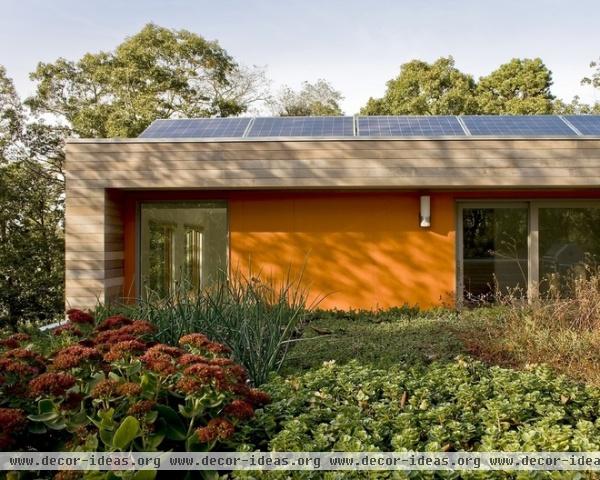
Local tax incentives vary by state and municipality. Los Angeles residents can take the ITC, then receive a property tax exemption from the state of California as well as a rebate of $0.12 per kilowatt-hour for 20 years from the city of L.A.
It’s worth doing your due diligence to make sure you’re taking advantage of all the financial help that’s available to you.
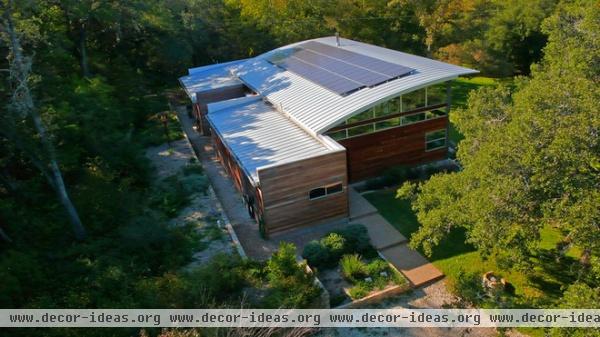
Lease, buy or finance? Solar leases have become an increasingly popular option as a way to defray the up-front costs. Leasing companies will also usually pay for repairs and maintenance.
However, a permanent installation not only comes with tax advantages, but it will also likely increase the value of your home, as the new buyers will be able to save energy without the hassle of installation.
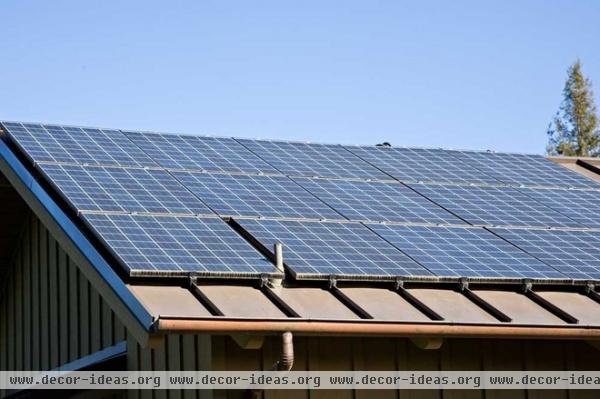
Historically low interest rates are also making it easy for homeowners with good credit to get a good deal on a loan. If you decide to go this route, make sure that your loan payment is less than your average electricity bill to ensure that you’re still saving money.
Note: Going solar will usually raise your homeowner’s insurance premium; expect to see it increase by a few bucks per month.
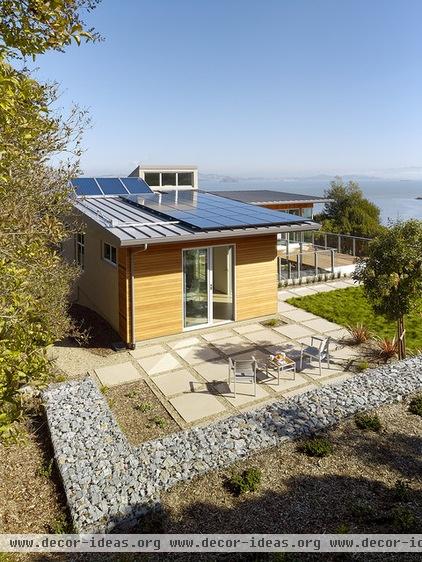
Typical project length: Wiring and installation generally take a few days. It can take anywhere from a few weeks to a few months between the time you sign the contract and the actual installation, however.
Permit: Absolutely required. This a big part of why there is often a bit of lead time between signing the contract and installing a system. The types and costs of permits vary by municipality; your installer will usually obtain them for you.
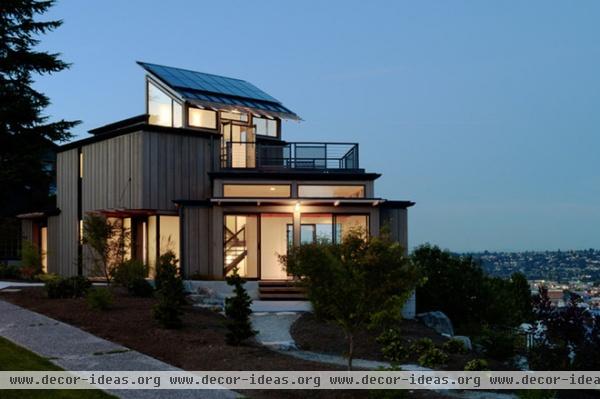
Project considerations: It seems obvious, but your roof needs to receive direct sun during the time of day when the sunlight is strongest (usually between 10 a.m. and 2 p.m.) for your system to work efficiently.
Trees, tall buildings, and even a chimney can all affect your panels’ sun exposure. And different kinds of panels react in various ways to shadow; some reduce output, and others shut down altogether. The more hours your panels are exposed to full sun, the more efficiently they’ll generate power.
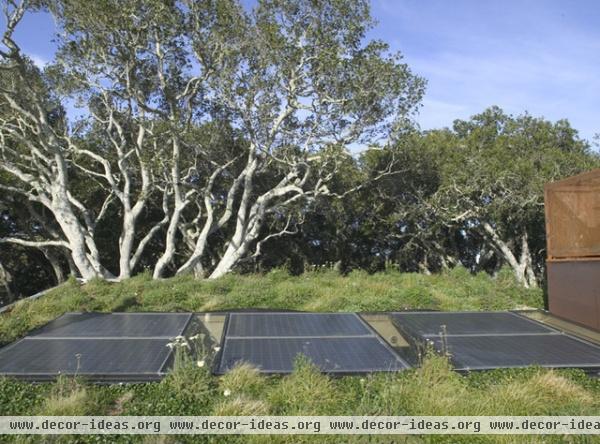
The amount of solar radiation that reaches the ground during a given period of time also differs depending on the region you live in. This is called insolation, and it’s the reason a solar-powered home in Chicago is less efficient than one in Las Vegas.
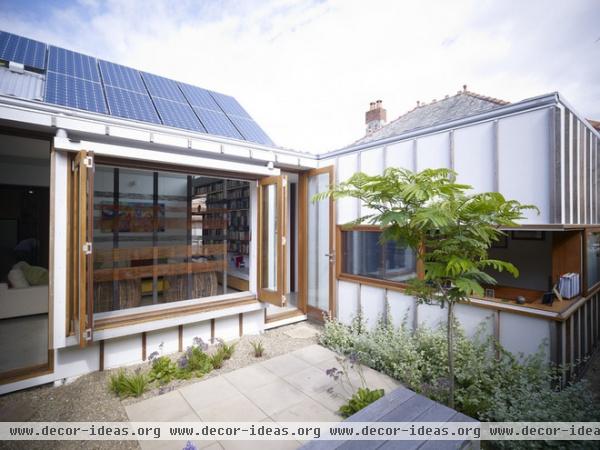
How many panels will I need, and how big should they be? The size of a system depends on two things: insolation and how much energy is needed.
Look at your electric bill to find out how many kilowatts of energy you use on an average day. Multiply that by .25, and that’s about how big a system you’ll need.
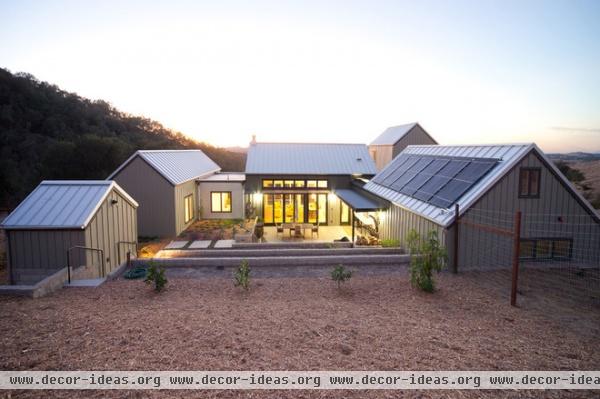
As for how many actual panels you’ll require, that will depend not only on output per panel, but also on insolation (there’s that word again!) and how many hours per day the panels will receive peak sunlight.
Sound complicated? That’s because it is. That’s why we recommend that you hire a reputable pro.
Learn more about different kinds of solar panels
Related Articles Recommended












